leeclarke1981
New member
- Joined
- Aug 10, 2017
- Messages
- 2
- Reaction score
- 13
History - Braunstone Hall was originally commissioned for Clement Winstanley, the wealthy owner of the surrounding estate, to become the family’s permanent residence in the 18th century. In 1775 work commenced on the impressive five bayed, 2.5 storey manor house set in over 168 acres of picturesque parkland. The architect and builder selected for the project was William Oldham, who would later become Lord Mayor. Tragically, Oldham’s stonemason and his labourer fell to their deaths from the attic storey during the build, and others were seriously injured along the way. For more than 150 years the Winstanleys occupied Braunstone Hall, and the Hall saw many births, deaths and marriages as it was passed down through the generations. The Winstanleys had a reputation for being fair-minded and judicious, holding important roles as leading dignitaries in The Leicester Corporation. Their decisions influenced the lives of the communities of both Braunstone and Leicester, and they were held in high regard amongst the public..
The Winstanleys’ residence and ownership of the Hall came to an end soon after Britain’s success in the First World War in 1918. An act of parliament was passed ‘to make Britain a land fit for heroes to live in,’ which resulted in Richard Winstanley, the last Lord of the manor, being forced to sell off his estate through a compulsory purchase order. This was so that much needed modern housing could be built. Serving purpose as a school from 1932 until its closure in 1996. Following a successful, hard-fought campaign in 2009 to save the property, it's now being renovated and converted in to a hotel, wedding and conference venue..
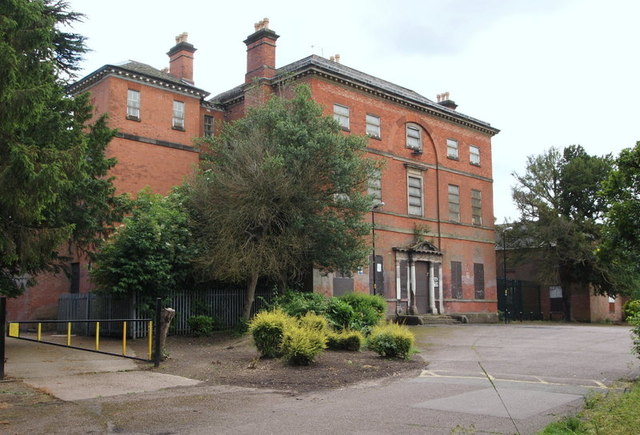
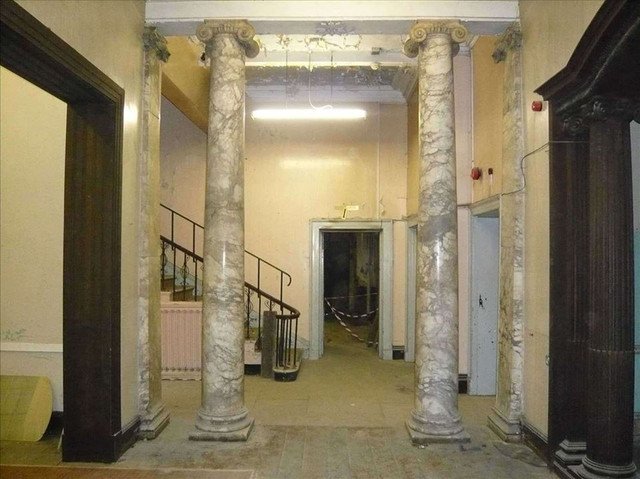
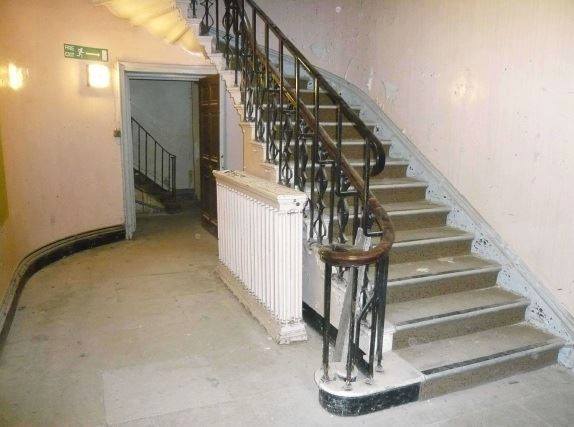



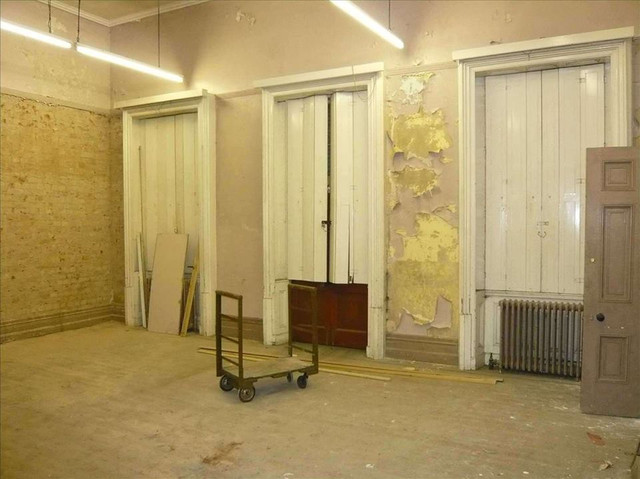


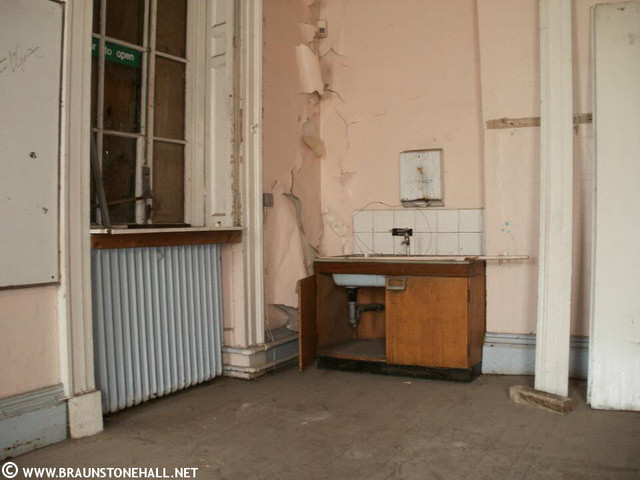
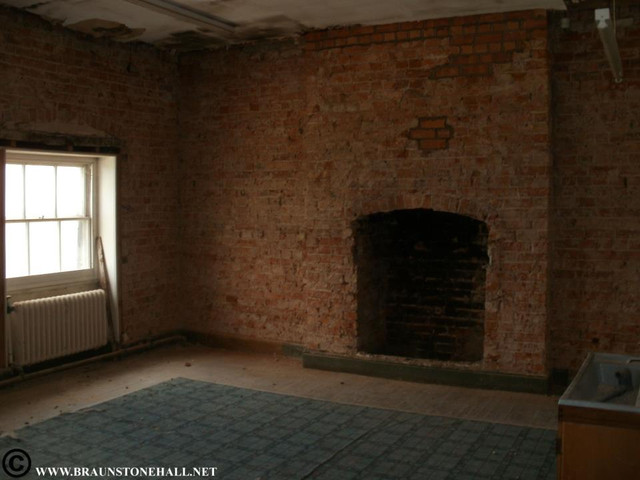


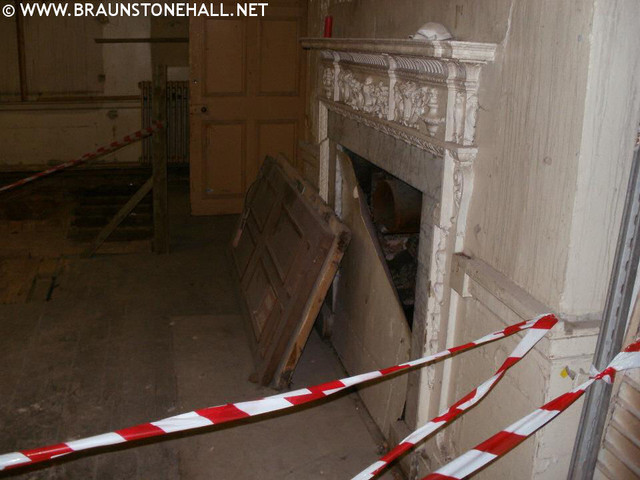
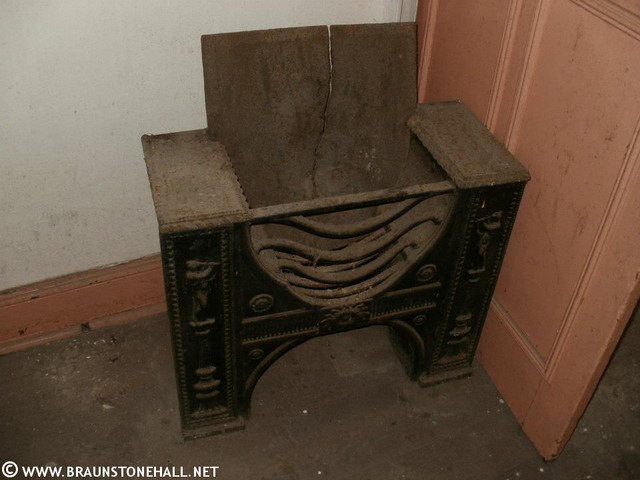
The Winstanleys’ residence and ownership of the Hall came to an end soon after Britain’s success in the First World War in 1918. An act of parliament was passed ‘to make Britain a land fit for heroes to live in,’ which resulted in Richard Winstanley, the last Lord of the manor, being forced to sell off his estate through a compulsory purchase order. This was so that much needed modern housing could be built. Serving purpose as a school from 1932 until its closure in 1996. Following a successful, hard-fought campaign in 2009 to save the property, it's now being renovated and converted in to a hotel, wedding and conference venue..
















































